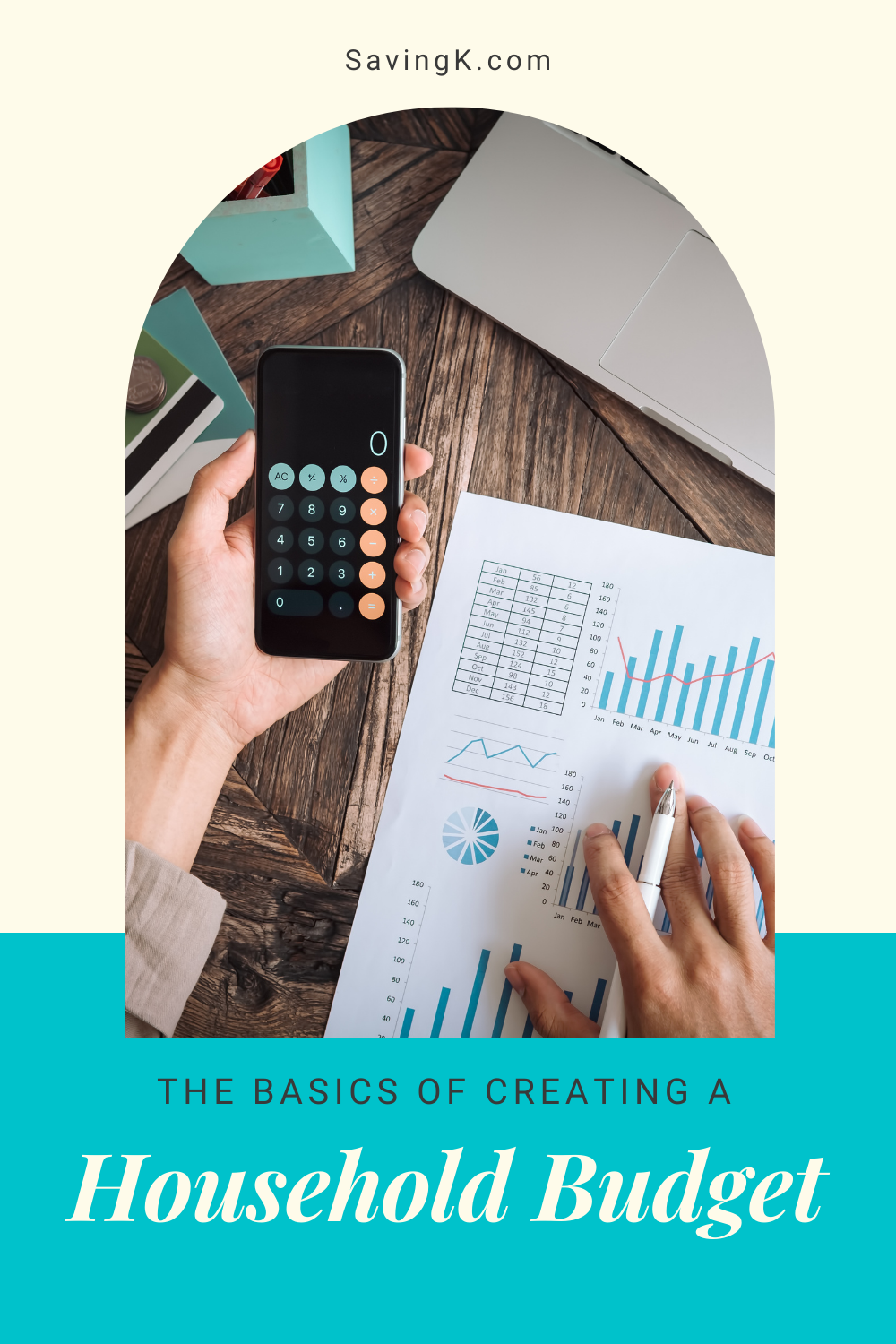
Budgeting is a vital tool for every household. By creating and following a budget, families can make the most of their money and avoid financial difficulties. Here are the basics of creating a household budget:
Contents
1. Determine your income.
The first step in creating a budget is to calculate your total income. This includes all sources of revenue, such as wages, interest, dividends, pensions, and other forms of income.
Other forms of income are salaries, investments, royalties, alimony, child support, and any other common source of income. The income should be consistent and dependable.
2. Analyze your spending.
Once you know your total income, you can start to look at your spending patterns. Track where you are spending your money and see where you can cut back.
-
Necessary Expenses
When making a list of household expenses, on top of the list should include; rental fees or mortgage payments, utility bills like water, gas electricity, property taxes and insurance. The expenses related to owning a car should also be included in the household budget, such as auto insurance, maintenance, and gasoline.
The other expenses to be included in the budget are childcare services like babysitting or if the child goes to daycare then the fees should also be listed as an expense. If an individual has monthly contributions to an emergency savings fund, then this should also be listed as part of the household budget. Medical expenses, dental and eye care should also be included in the necessary expenses.
-
Unnecessary Expenses
Eating out at a restaurant is considered an expense that can be skipped when making the basic household budget. Entertainment slots may include movies, travel expenses, books, internet services, video rentals, and cable and satellite services all fall into this category of unnecessary expenses.
-
Irregular Expenses
These expenses are the things or services that one pays for once a year. Membership fees, birthdays, anniversary and holiday gifts, and insurance premiums are all examples of expenses paid annually. Charitable contributions also fall under irregular expenses.
3. Create a budget plan.
Based on your income and spending analysis, create a budget that outlines how much you will spend in each category. Make sure to include savings in your budget so that you can reach your financial goals.
The basic household budget should revolve around the total income expected and then adjustments can be made accordingly. There will be cases of one exceeding their household budget because of unforeseen problems like if one loses their job, then they will have to revise how they spend their money.
At times one may have to turn a necessary expense into an unnecessary one, like when they are faced with tough financial times. A good example is when one has to sell their car, and as a result, on the budget, all expenses that were related to the car will be scrapped.
4. Stick to your budget.
The final step is to make sure that you stick to your budget. This means tracking your spending and sticking to the amounts you have allocated for each category. By following a budget, you can make the most of your money and avoid financial difficulties down the road.
Free Budget Spreadsheets and Templates
Budgeting doesn’t have to be difficult or time-consuming. There are a number of free budget spreadsheets and templates available online that can help you get started.
Here are a few of our favorites:
This simple, yet effective budget spreadsheet from Mint is a great starting point for anyone looking to get their finances in order. It’s easy to use and can be customized to fit your specific budget.
This budget template from Dave Ramsey’s EveryDollar is another great option for those just getting started with budgeting. It’s easy to use and helps you track your income, expenses, and savings.
This budget template from You Need a Budget (YNAB) is a great option for those who want a more comprehensive budgeting solution. It includes features like goal setting and tracking, as well as providing tips and advice on budgeting.
No matter which budget spreadsheet or template you choose, the important thing is to get started and stick with it. Budgeting can be a great way to save money, pay off debt, and achieve your financial goals.
Household Budget FAQs
Here are some frequently asked questions about budgets:
1. What is a budget?
A budget is an estimation of revenue and expenses over a specified future period of time.
2. Why is budgeting important?
Budgeting is important because it allows you to track your spending and make sure that you are not overspending. It also allows you to save money for future goals.
3. How do I create a budget?
There are a few steps involved in creating a budget: determine your income, analyze your spending, create a budget plan, and stick to your budget.
4. What should I include in my budget?
Your budget should include all sources of income and all categories of spending. Make sure to include savings in your budget so that you can reach your financial goals.
5. How do I stick to my budget?
The best way to stick to your budget is to track your spending and make sure that you are sticking to the allocated amounts for each category. You can also use budgeting tools, such as personal finance apps or software, to help you stay on track.
Conclusion
The creation of a spending plan also known as a household budget should be a priority for every individual who earns income and spends it. A household budget will help an individual consider a regular savings plan to achieve the long and short-term financial goals.
When setting up a home budget it is important to indicate how much money is being spent on household expenditures. It helps one to organize their finances properly once they have set up a proper financial plan which will also act as an accountability tool for them.





